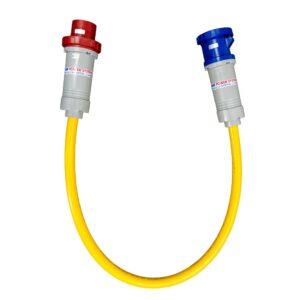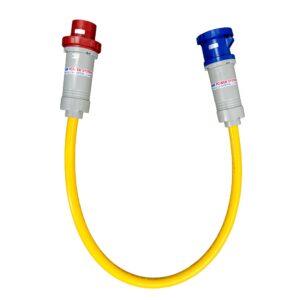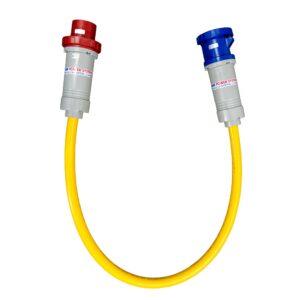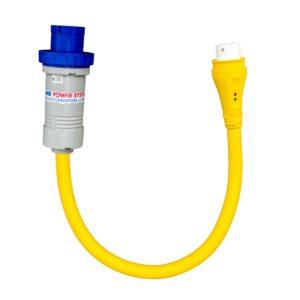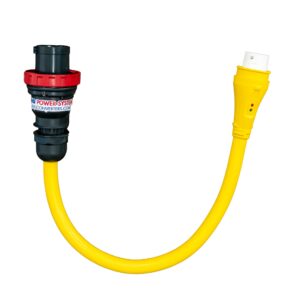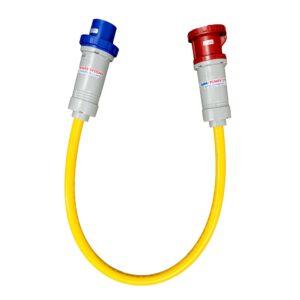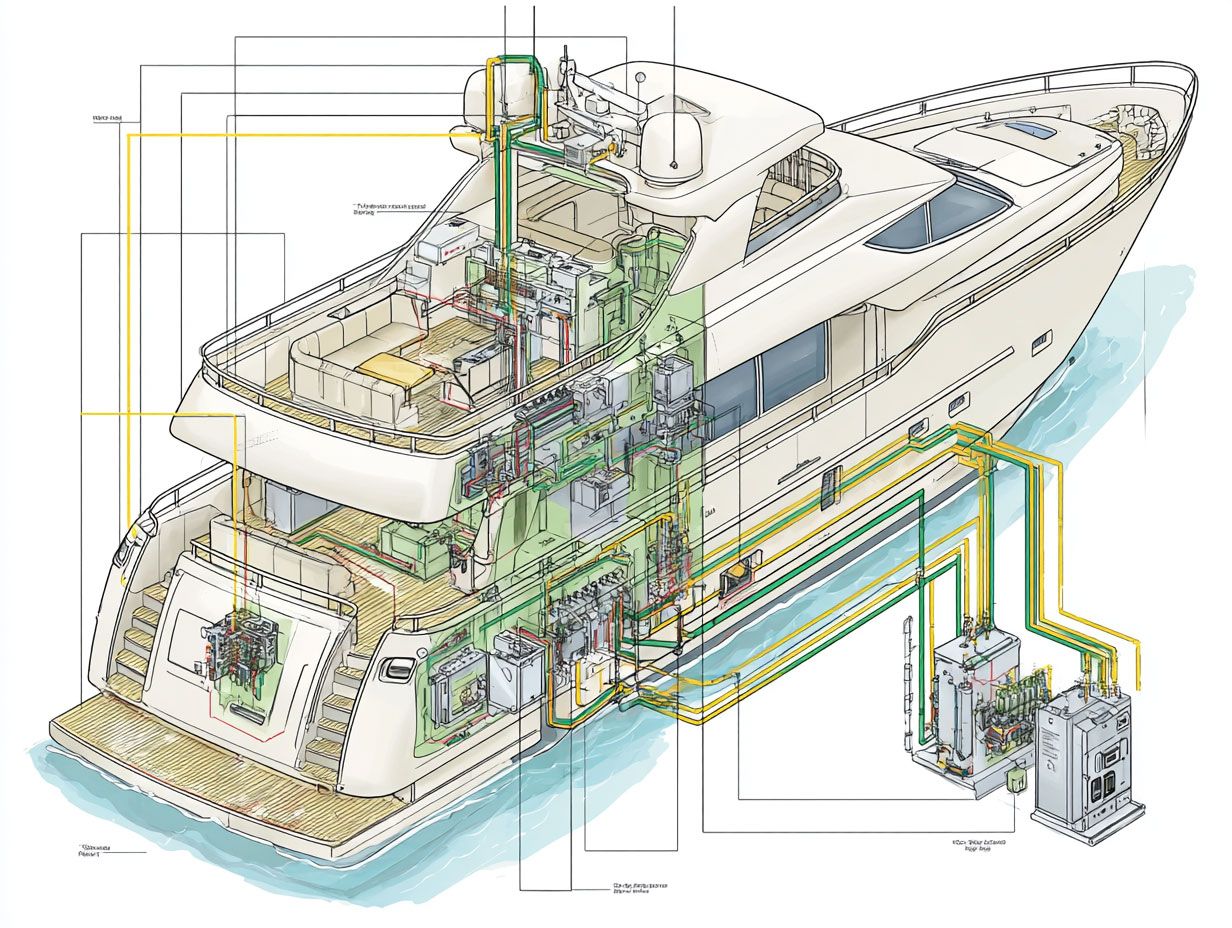Mastering Shore Power Grounding and Bonding
When connecting your yacht or boat to shore power, grounding and bonding are essential to ensure both safety and reliable performance. While these terms are sometimes used interchangeably, they serve different but equally important purposes in your marine electrical system.
What Is Grounding?
Grounding provides a safe path for electrical current to return to the earth in the event of a fault. A properly grounded shore power connection helps prevent electric shock and reduces the risk of damage to onboard equipment.
In shore power systems, the grounding conductor connects your boat’s electrical system to the marina’s shore grounding system through your shore power cord. This ensures that any stray current can safely dissipate without endangering people or property.
What Is Bonding?
Bonding involves connecting all metal parts that do not carry current under normal operation—such as the hull, engine, fuel tanks, and other metallic structures—so they share the same electrical potential. Bonding prevents dangerous voltage differences between these components, helping avoid shock hazards and reducing the risk of galvanic corrosion.
When properly bonded, any stray current that finds its way onto the boat’s metal parts can be carried safely back to ground.
Why Proper Grounding and Bonding Matter
Improper grounding and bonding can lead to:
- Electric shock hazards, especially when people are swimming nearby.
- Erratic operation of onboard electronics.
- Accelerated corrosion of metal fittings, shafts, and through-hulls.
- Potential damage to sensitive equipment during voltage fluctuations or faults.
That’s why marine standards like ABYC E-11 and NFPA 302 provide clear guidelines for grounding and bonding practices.
Best Practices for Shore Power Grounding and Bonding
To protect your vessel and everyone onboard, consider the following recommendations:
- Use a Marine Isolation Transformer or Galvanic Isolator:
These devices help break the direct electrical connection to shore power, preventing stray currents and minimizing corrosion risk. - Inspect Connections Regularly:
Corroded terminals, damaged shore cords, or loose connections can defeat grounding and bonding systems. Schedule routine checks and maintenance. - Verify Proper Polarity and Ground Continuity:
Before plugging into a shore pedestal, use a polarity tester to ensure wiring is correct and the ground connection is intact. - Bond All Metal Parts:
Ensure engines, tanks, rails, and other metal structures are bonded together and connected to the grounding system. - Label and Document:
Keep clear records of your vessel’s electrical configuration to simplify maintenance and inspections.
Final Thoughts
Grounding and bonding aren’t just technical details—they’re critical safety measures that protect your crew, your boat, and your investment. By understanding how these systems work and implementing best practices, you can enjoy peace of mind every time you connect to shore power.
If you have questions about improving your yacht’s shore power setup, contact ANG today. Our experts are here to help you design safe, reliable electrical systems for any marine environment.
